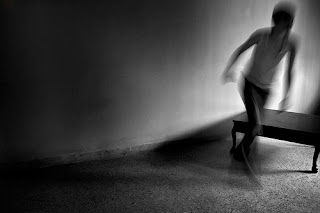Saturday, April 16, 2011
Photography tip: motion blur
Do you like this story?
It’s no secret that most, if not all people, are obsessed with extra sharp photos. Regardless of the depth of field, we are used to accentuate an important element in our frame by capturing it sharp and in focus. Not to say that this is an incorrect approach, but you might as well try capturing a few shots that convey motion and introduce blur.
Typically, blur in a photo can be the result of one or more of four factors: the unredeemed camera shake, subject movement during exposure, panning, or shooting from a moving point such as a moving vehicle.
Motion blur does suggest a sense of activity, dynamism, actuality and sometimes even some sense of mystery. You can achieve motion blur by shooting with longer shutter speeds (typically half to one second or more). Make sure your camera is secured on a tripod so that the surroundings stay sharp but the moving element in the photo is blurred.
You can accomplish a long shutter speed by shooting with a low ISO or small lens openings. If you cannot do either, you can use neutral density filters to cut down on light passing through your lens, hence allowing you to go with slower shutter speeds.
You can also use a technique used in flash photography called rear-curtain sync. When you’re shooting in rear-curtain sync your flash fires once the second curtain starts to close rather than the default manner which is, right after the first is completely open.
Shooting in rear-curtain sync records all subject movement as motion blur, and then right before the exposure ends the flash fires freezing your subject at the end of their registered movement. This way you would have a tack sharp subject with tell-tail movement trails occurring behind them in your frame which is a good way for giving the viewer a sense of what the subject were doing at the time being shot and in what direction they were going.
Subscribe to:
Post Comments (Atom)





0 Responses to “Photography tip: motion blur”
Post a Comment